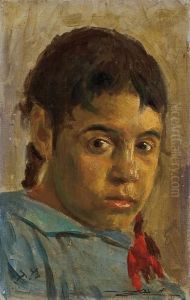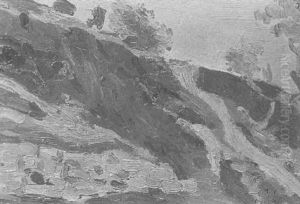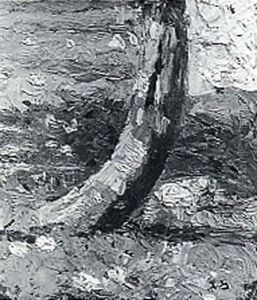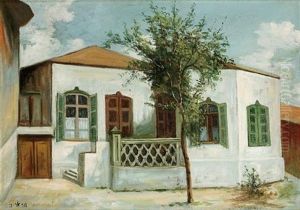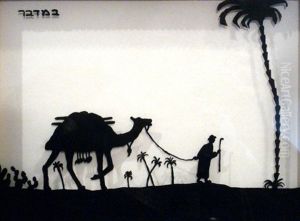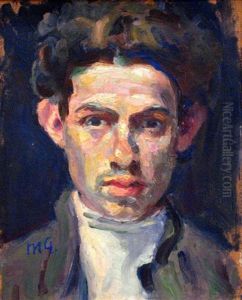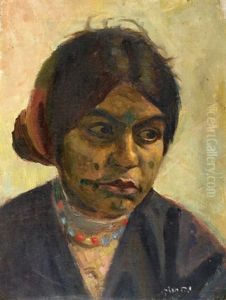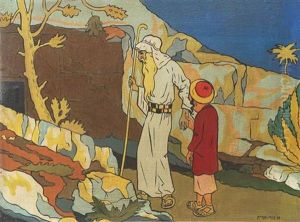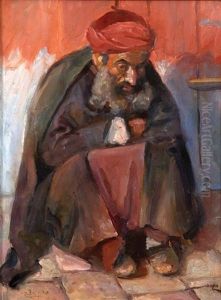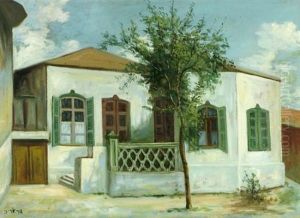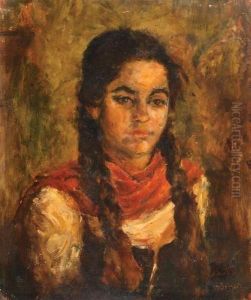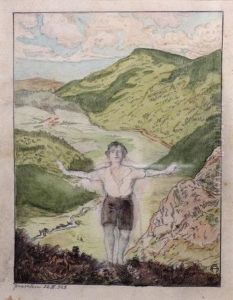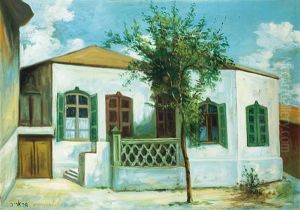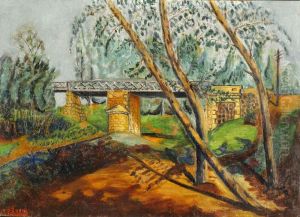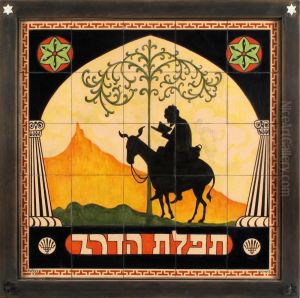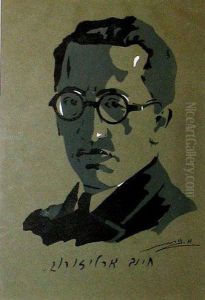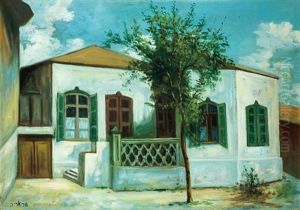Meir Gur-Arie Paintings
Meir Gur-Arie was an important figure in the Israeli art scene, particularly known for his role in the early development of Israeli visual art. Born in 1891 in Orsha, in the Russian Empire (now Belarus), Gur-Arie was exposed to art at an early age and began his artistic training in his homeland.
Influenced by the Zionist movement, Gur-Arie emigrated to Palestine in 1910, which was then part of the Ottoman Empire. His arrival in Palestine marked the beginning of a significant phase in his career, as he immersed himself in the local culture and landscape, which would become central themes in his work. His art from this period reflects a combination of European techniques and styles with Middle Eastern motifs.
Gur-Arie was a pioneer in many respects, and his work ranged from painting and sculpture to graphic design. One of his most noteworthy contributions was his involvement with the Bezalel School of Arts and Crafts in Jerusalem, where he taught and influenced a generation of young artists. The school, founded by Boris Schatz, was instrumental in shaping a distinctly Israeli artistic language that drew on Jewish history, biblical themes, and the surrounding landscape.
During the British Mandate period, Gur-Arie continued to develop his art and participate in the burgeoning cultural scene. He was a central figure in the establishment of the 'Omanim' group, which sought to create a unique artistic voice for the Jewish community in Palestine, separate from the European avant-garde that many of the artists were familiar with. His work during this time often reflected his socialist beliefs and his commitment to the Zionist project.
Meir Gur-Arie's contributions extend beyond his own art; he was instrumental in laying the foundation for future Israeli artists and cultural institutions. He passed away in 1951, leaving behind a legacy that resonated through the Israeli art world. His works are considered an integral part of the history of Israeli art and are studied and celebrated for their historical significance and artistic value.
